A few weeks ago I asked my followers on Instagram what their biggest challenge was when they smoke meat. The overwhelming response was "timing everything out". Smoked meat timing is obviously a challenge. I'm here to help.
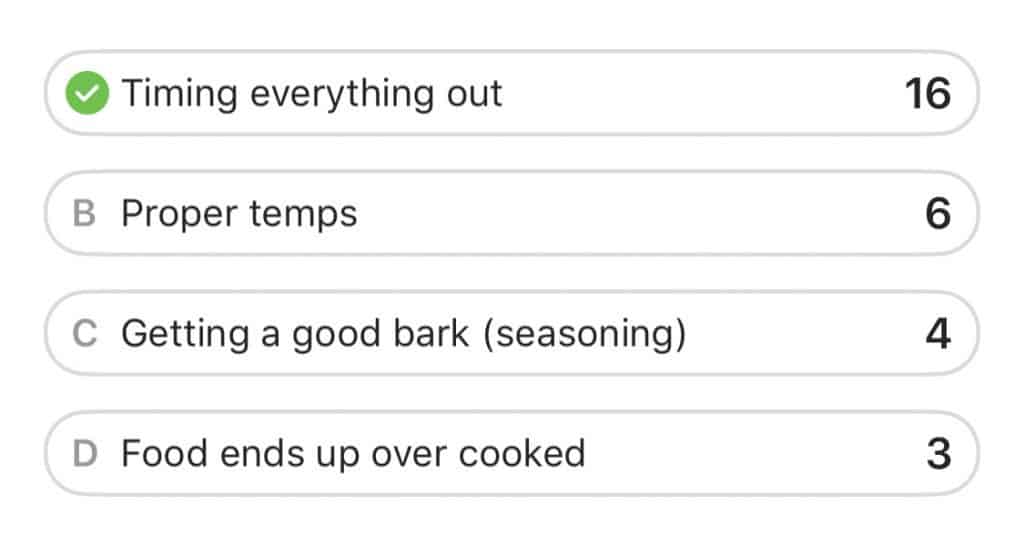
I recently had the opportunity to smoke a large amount of meat for a group of friends, over 70 pounds of pork shoulders and briskets. I had to make sure everything was ready at the same time. So how'd I do it?
In this post, I'll walk through the basic steps I take every time I am smoking low and slow, with hopes that you can replicate the steps the next time you are in the middle of a long cook and have a time deadline.
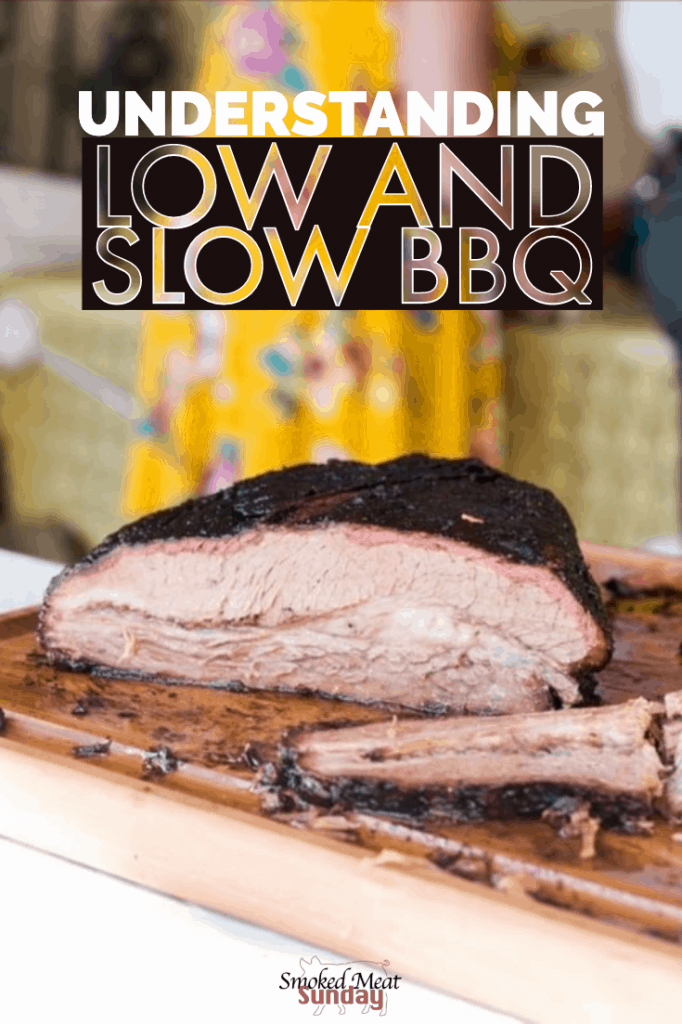
Table of Contents
How I Prepared 70 Pounds of Pork Shoulder and Brisket
Cooking one brisket or pork shoulder is a simple task. When you cook more than one, an extra variable comes into play. Most smokers have "hot spots" or warmer areas inside the chamber. That means even if all the cuts of meat are the same size they may not cook at the same speed.
For this particular cook, I prepared two twenty pound briskets and four eight-pound pork shoulders. When you're selecting your cuts of meat, do your best to choose cuts that are as close to the same size as possible.
Pork Shoulder Binding Agent and Rub
I prepared all four of the pork shoulders the same way, and this is a similar process to what I outline in my pulled pork guide.
- Apply yellow mustard to the surface of each pork shoulder
- Generously apply a good pork rub to the surface of the meat
Brisket Binding Agent and Rub
The briskets were prepped in a similar way, but instead of using mustard for the binding agent, I used olive oil. Instead of using the pork rub, I used a coffee based beef rub.
The Challenge: Having All the Meat Finish at the Same Time - How Long Will it Take to Smoke?
The plan was to serve a group of 70 people at 5:30 pm Sunday night. I always plan on about 90 minutes per pound of meat, so for the 8-pound pork shoulders, I estimated it would take at least 12 hours. The briskets were 20 pounds each, and if you do the math, that equates to 30 hours! Do you see the problem here?
I really wanted to get everything going at the same time, so I decided I would put the pork shoulders on my Traeger Pro 575 at 180 degrees, instead of the normal 225. I put the two Briskets on my Traeger Pro 34 at 225 degrees. Everything started cooking at 2 pm Saturday, 27 hours before it needed to be ready.
So why the lower temp on the pork shoulders? I wanted to cook them a little slower than normal, with a plan to turn up the heat in my smoker when I woke up the next morning based on the temperature of the meat.
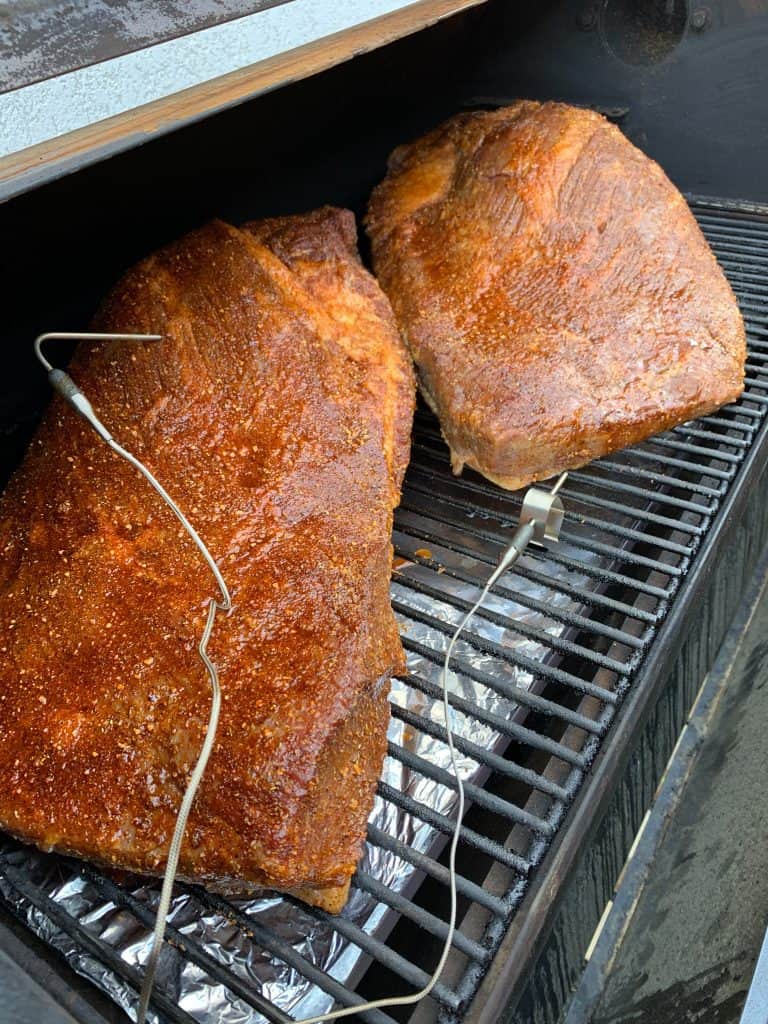
The Key to Timing Out a Long Cook
I've cooked enough brisket and pulled pork on my smokers to know how to adjust my chamber temps to speed up or slow down a cook. In addition to changing chamber temps, you can wrap your meat in foil or butcher paper to really speed up the process.
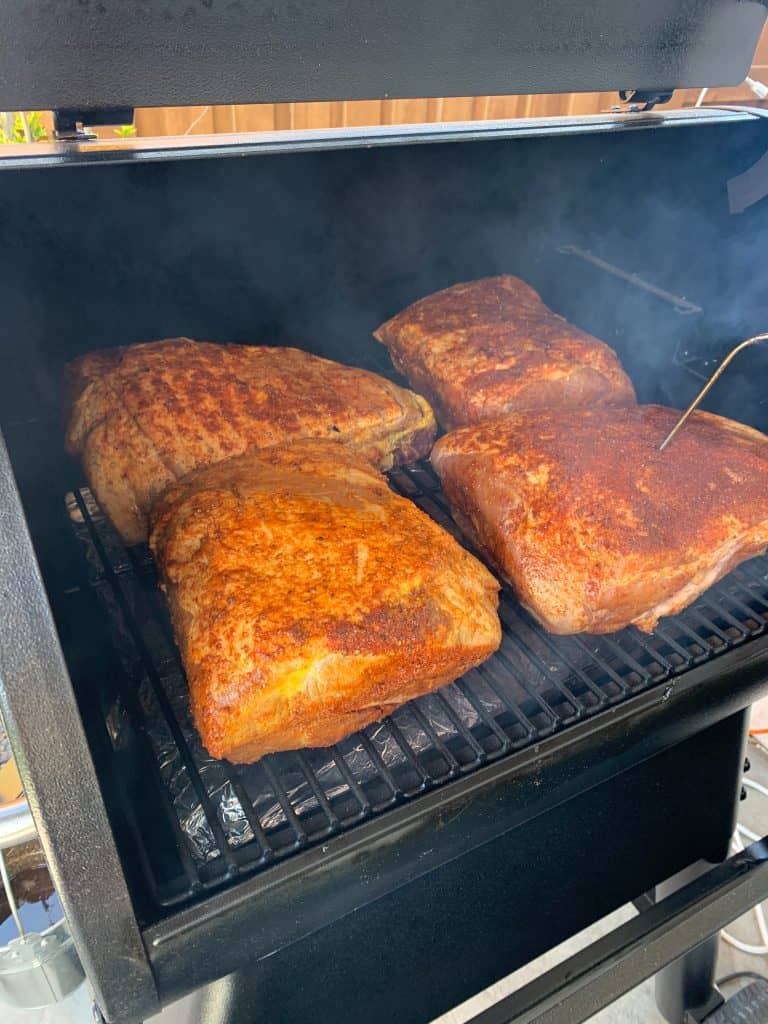
I didn't want the pork shoulders to dry out, so every 90 minutes, while I was awake, I spritzed the pork shoulders with apple juice. When I woke up Sunday morning at 6 am the pork shoulders had an internal temp of 160-170 degrees. I was surprised that the pork shoulders had shot up as high as they had, but that was ok. I usually wrap my pork shoulders when they hit 160, but since it was still early, I decided to finish them out without wrapping.
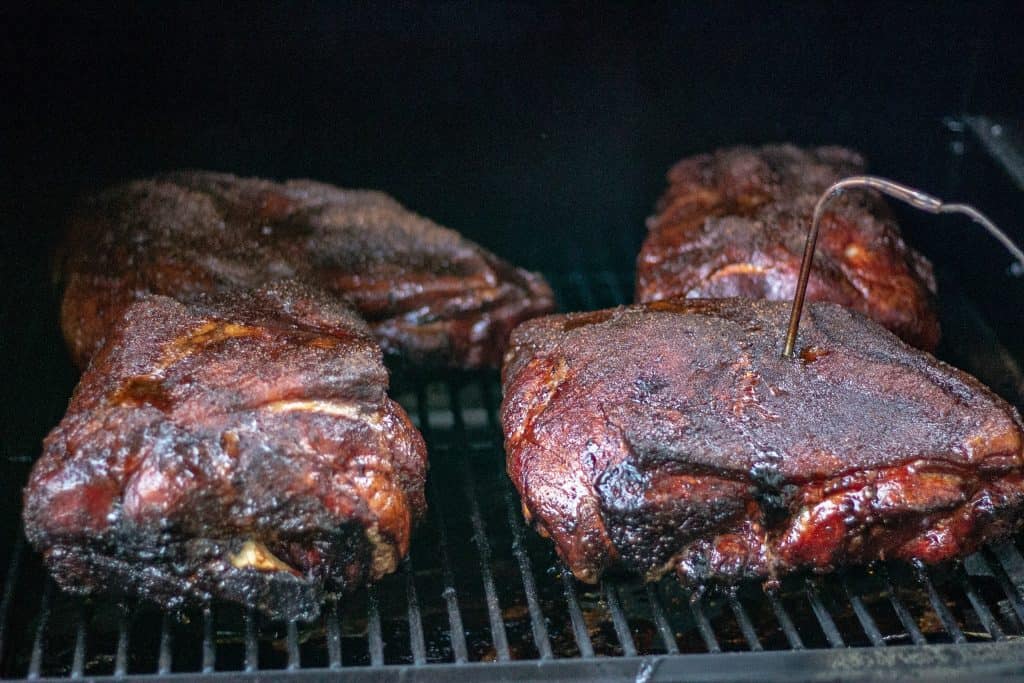
The briskets were at 140, which is exactly where I wanted them to be. That gave me plenty of time for a stall, and then a wrap in butcher paper to finish.
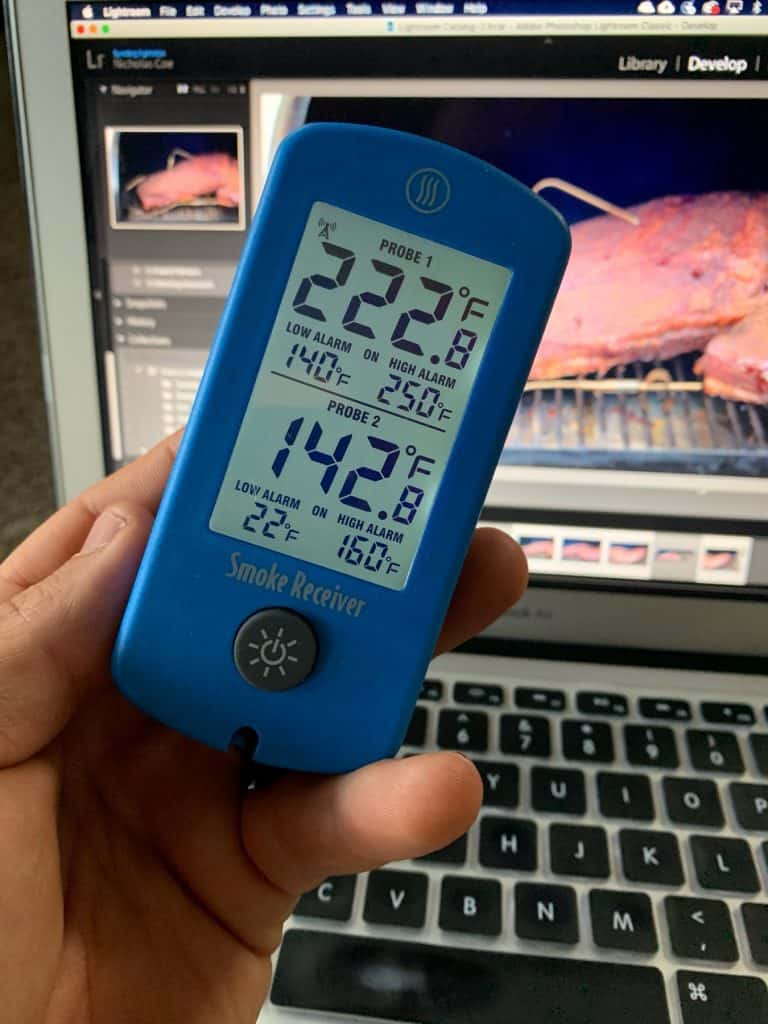
Finishing up the Cook
At 1 pm on Sunday, the pork shoulders hit an internal temp of 200 degrees, and it was time to pull them off the smoker. After quickly wrapping each of them in foil, I placed them in my Yeti 65 to let them rest. You can safely rest a large primal cut of meat like pork shoulder or brisket for several hours in a cooler. In fact, I'd recommend letting the meat rest at least two hours if you can.
So the pork shoulders are resting, and this is where the fun begins. The briskets were sitting at about 160 internal temp. I had 4 hours before I had to pack up and head to the dinner location. I was stressed for a minute! But everything was ok. I just had to adjust.
Instead of finishing the briskets out at 225 degrees, I decided to turn the temp up on my Pro 34 to 275 after wrapping each of them in butcher paper. The brisket that was closer to the smokestack was about ten degrees warmer than the other brisket. After wrapping, I swapped their positions inside the smoker.
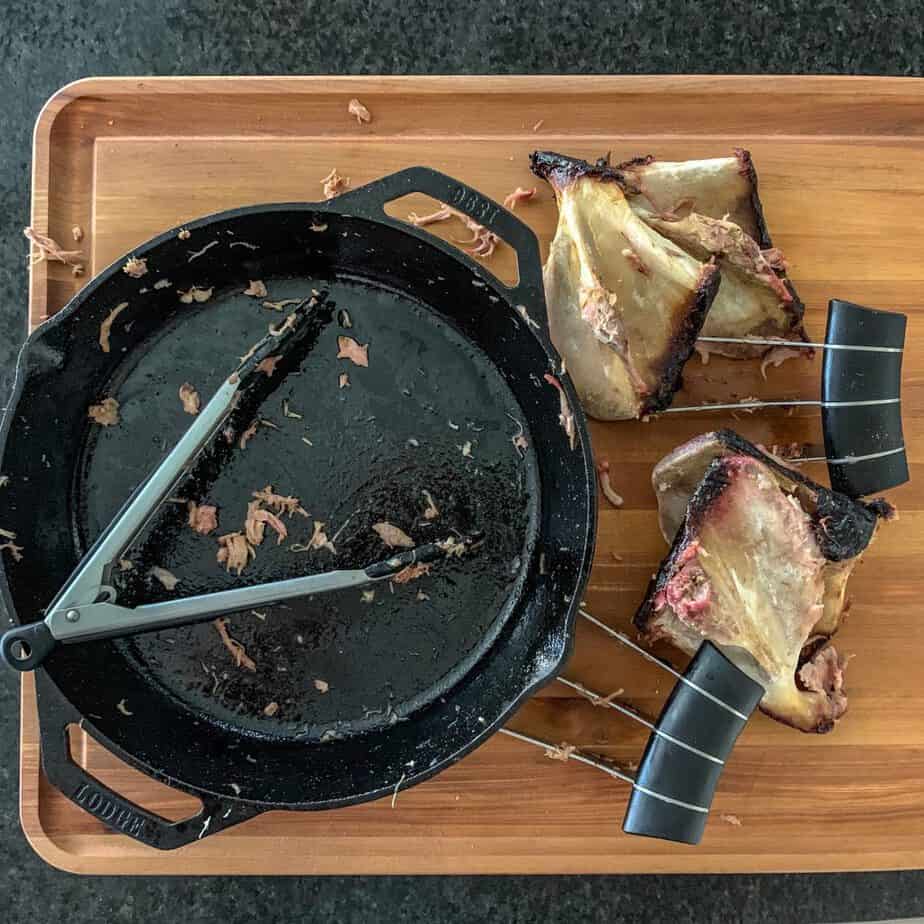
This tactic seemed to be the right decision, and by 3 pm both of the briskets were at 200 degrees. I wrapped them tightly in foil and placed them in the yeti to rest with the pork shoulders. After getting both of the smokers shut down, and sitting down to rest and reflect on what I had just done, a sense of pride came over me that I really didn't expect. That was one heck of a cook, and I pulled it off.
What I Learned After Cooking Brisket and Pork Shoulder for Over 24 Hours
First, trust the process, and know your temps. Your end goal is 200+ degrees for both of these cuts of meat. Plan on 90 minutes per pound, and if the cook is going faster or slower than you'd like, adjust accordingly.
Don't wrap the meat until after the stall starts. The only way you'll know when the stall is occurring is to monitor the temps with a good meat thermometer. My Pro 575 has wifi built-in, and I can monitor temps remotely on that smoker with my phone. The Pro 34 doesn't have that feature, so I relied on my Thermoworks Smoke to monitor the temps on that one. Since each smoker only had one probe inside monitoring temps, I would spot check with my Thermapen ONE on the other hunks of meat to see how they were coming along.
Thanks for checking out this post on how to time out a long smoke with a lot of meat. It was fun to do, and I certainly learned a few things during the process. Hopefully, this story is helpful to you for any future long cooks you do!
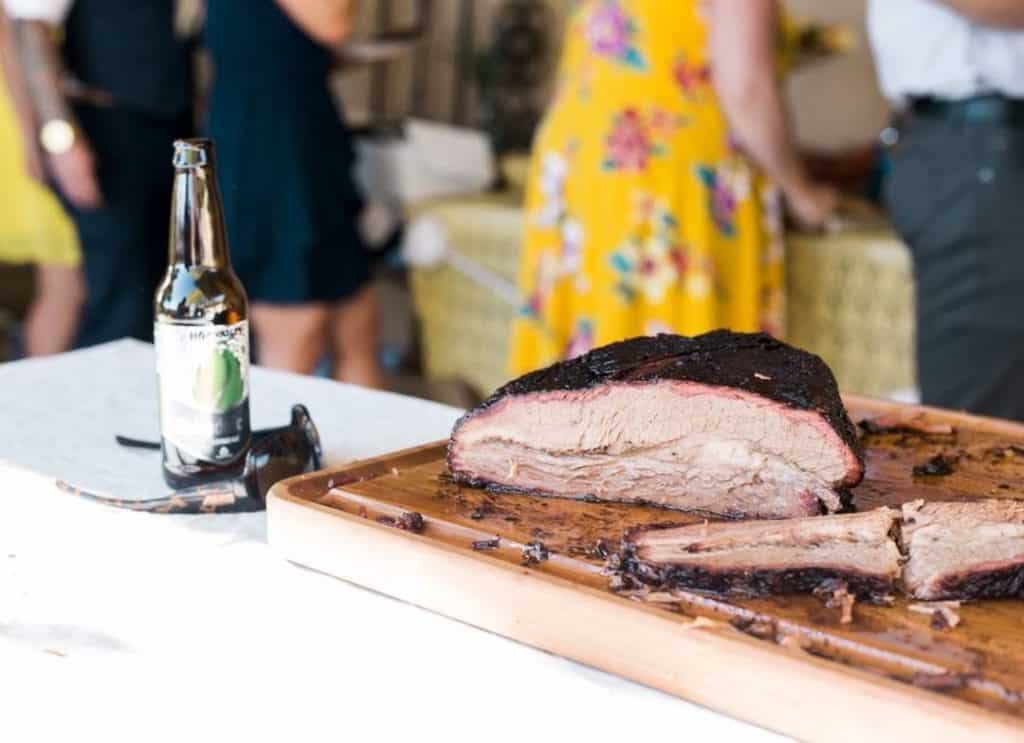
If you want to know more about meat temperature, check out my Meat Temperature guide. If you want to learn more about my brisket process, check out my brisket guide, and if you want to know how to make foolproof pulled pork, check out my pulled pork guide.
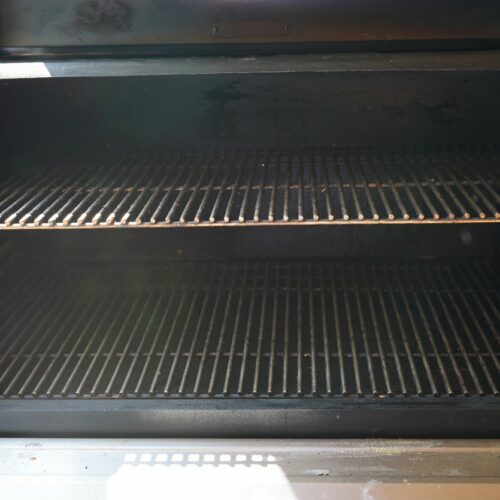
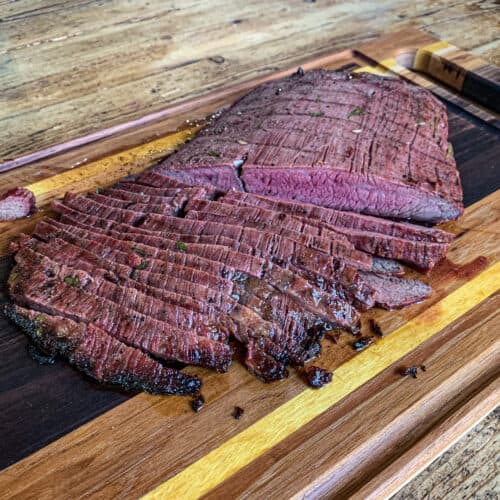
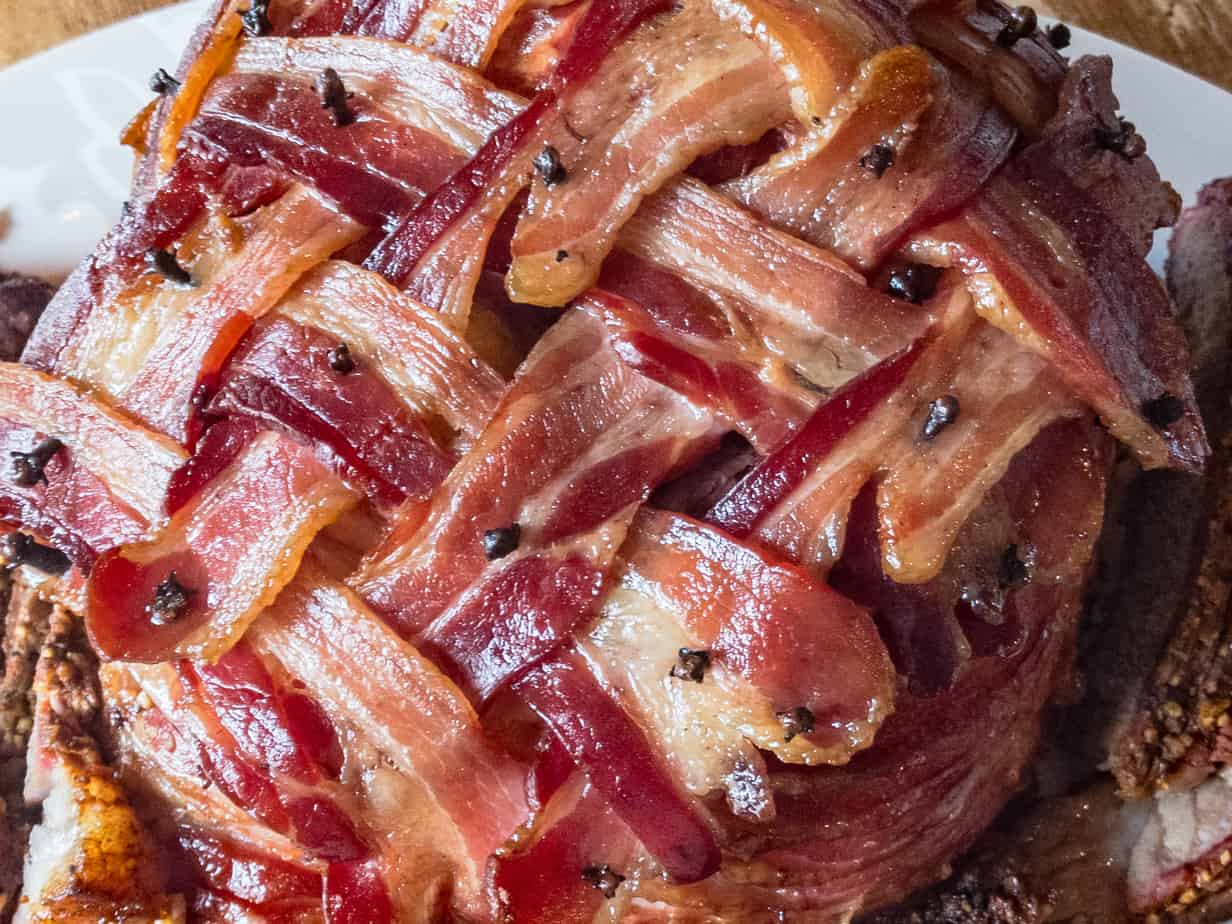
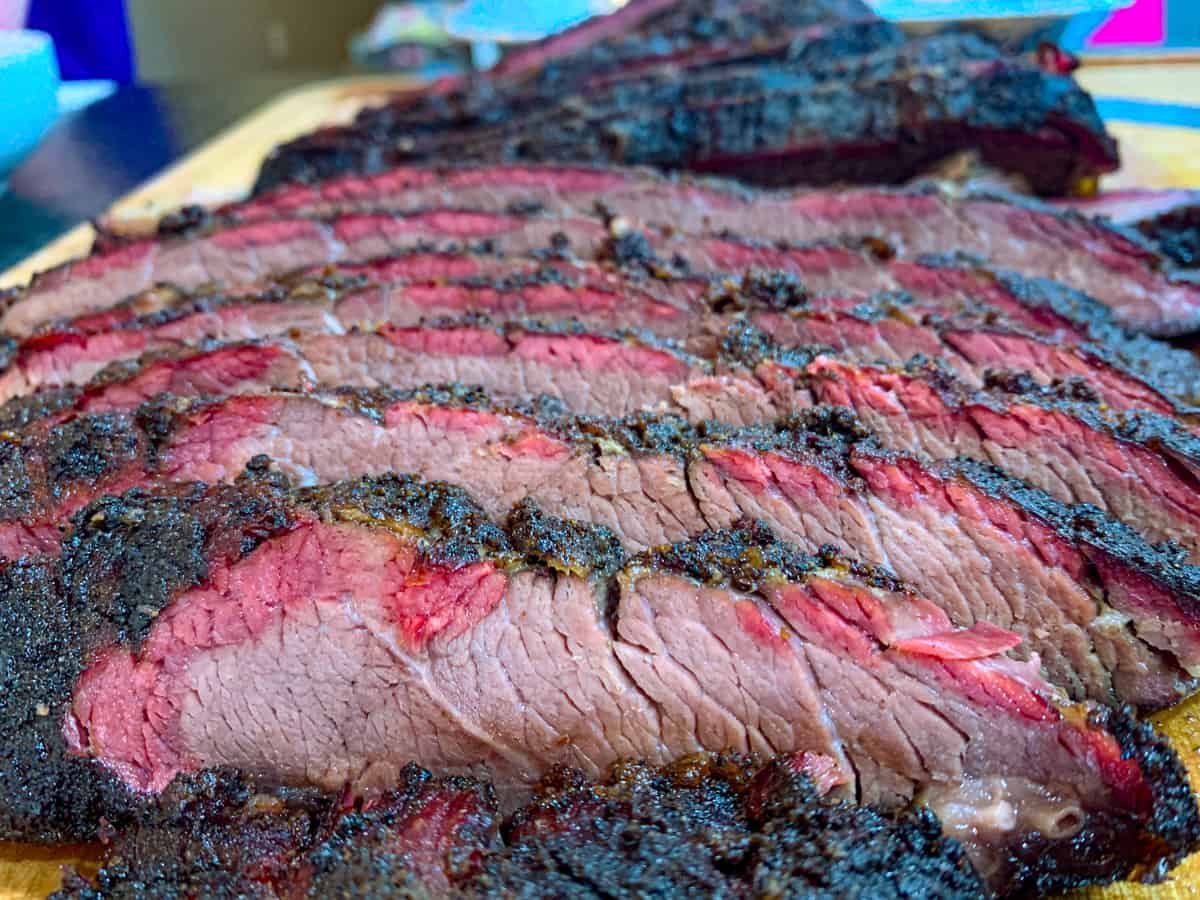


Thanks for this post. It's going to come in very handy!
You're welcome, Bob! Glad you appreciated it.